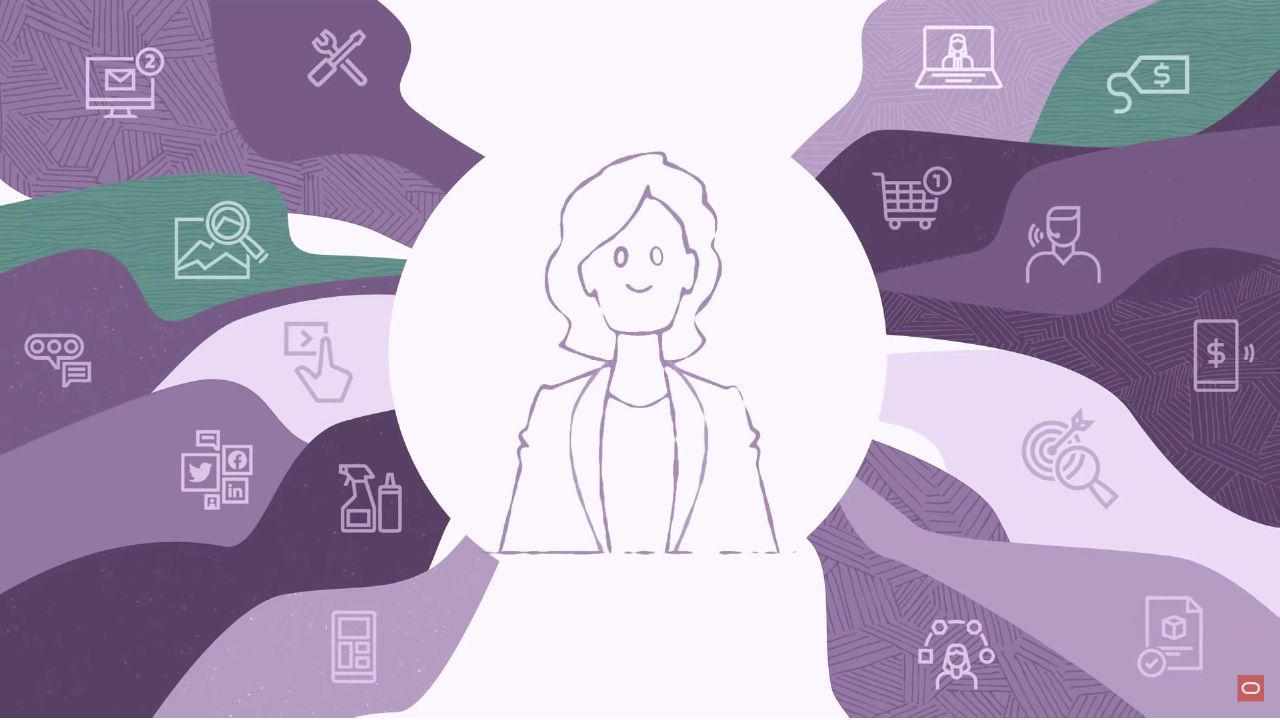
Solutions
Oracle BI Apps
Oracle Business Intelligence Applications (Oracle BI Apps) are a set of prebuilt solutions that deliver intuitive, role-based intelligence throughout an organization. These solutions enable organizations to gain more insight and greater value from a range of data sources and applications, including Oracle Fusion Applications, E-Business Suite, PeopleSoft, JD Edwards, Siebel, and third-party systems such as SAP.
What are Oracle BI Apps and why you should use them

Oracle BI Apps are built on the Oracle BI Foundation, a comprehensive and market-leading BI platform that provides a unified view of data across the enterprise. Oracle BI Foundation includes Oracle Analytics Cloud, Oracle Analytics Server, Oracle Autonomous Data Warehouse, Oracle Business Intelligence Enterprise Edition (OBIEE), Oracle Data Integrator Enterprise Edition (ODI), and Oracle Fusion Analytics.
By using Oracle BI Apps, you can benefit from:
- Rapid deployment: Oracle BI Apps are ready to use out of the box, with prebuilt data models, metrics, dashboards, and reports that cover various business functions and industries.
- Lower total cost of ownership (TCO): Oracle BI Apps reduce the complexity and cost of BI projects by leveraging the existing data sources and applications in your organization. You can also customize and extend the solutions to meet your specific needs, without compromising the upgradeability and supportability of the applications.
- Built-in best practices: Oracle BI Apps incorporate the best practices and expertise from Oracle's experience in delivering BI solutions to thousands of customers worldwide. You can take advantage of the proven methodologies, standards, and guidelines that ensure the quality and consistency of your BI projects.
How to get started with Oracle BI Apps

To get started with Oracle BI Apps, you need to follow these steps:
- Choose the Oracle BI Apps that suit your business needs. Oracle offers a variety of BI applications that cover different functional areas, such as finance, sales, marketing, service, human resources, supply chain, and more. You can also choose the applications that support your industry-specific requirements, such as retail, manufacturing, healthcare, education, etc.
- Install and configure the Oracle BI Apps components. You need to install the Oracle BI Foundation components, such as Oracle Analytics Cloud or Server, OBIEE, ODI, etc., as well as the Oracle BI Applications components, such as the data warehouse schema, the ETL logic, the metadata repository, etc. You also need to configure the connections and parameters for your data sources and applications.
- Load and transform the data from your sources to the data warehouse. You need to use ODI to extract the data from your sources (such as ERP or CRM systems) and load it into the data warehouse schema provided by Oracle BI Apps. You also need to apply the transformations and mappings that are predefined by Oracle BI Apps to ensure the data quality and consistency.
- Explore and analyze the data using the dashboards and reports provided by Oracle BI Apps. You can access the dashboards and reports from OBIEE or Oracle Analytics Cloud or Server. You can also create your own dashboards and reports using the rich set of features and tools available in these platforms.
